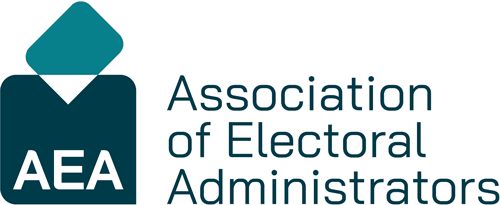Comment on Electoral Commission interim voter ID analysis
Today’s Electoral Commission interim analysis of voter ID reports 99.75% of people who attended polling stations were able to vote at the 4 May elections.
The 0.25% recorded as not being able to vote due to not meeting the new requirements equates to approximately 14,000 people. As you might expect, levels of electors turned away vary across areas, but inconsistency and potential inaccuracies across voter ID data collection is also raised.
Although the overall percentage of electors unable to vote appears low, it will of course not have felt that way to the 14,000 people affected. Returning Officers and election teams want everyone who is registered to vote to be able to exercise that vote.
It is clear more work is needed nationally and locally to consider how the process can be improved, and to continue raising awareness around voter ID, particularly ahead of the next general election.
On the point of inconsistent data accuracy, we would underline the burden on polling station staff of processing voter ID and filling in multiple data capture forms. Adding these on top of existing voting and paperwork requirements has significantly increased the complexity of poll clerk and presiding officer roles – as we will outline in our upcoming post polls report.
Both the current voter ID process and forms inevitably reflect the short timescale available for their introduction. The 4 May polls were their first big test, and this report clearly shows improvements are necessary to support polling station staff.
We are ready to work with the Commission and electoral community to suggest and make improvements. We are particularly keen to understand how the Commission will approach any review of guidance and data collection paperwork to help administrators and polling station staff.
We also agree with the recommendation that voter ID data be collected at the 2 May 2024 scheduled elections in England and Wales. This will allow both voters and polling station staff to become more familiar with the process.
Finally, these were low turnout elections. For voter ID to work smoothly in time for the next general election improvement work must be a priority. Further Elections Act 2022 changes are already in the pipeline, and voter ID needs to be working smoothly to ensure time and expertise can be focused on the next changes ahead.
